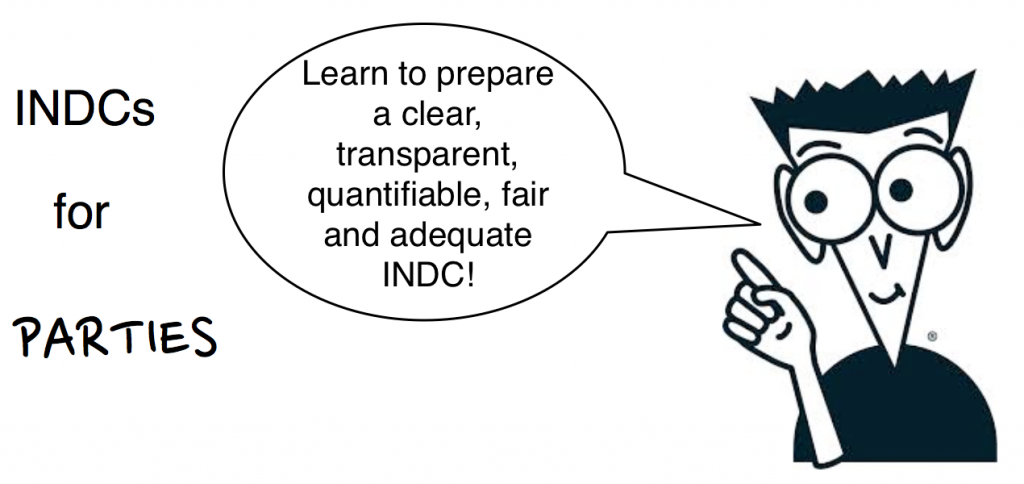Parties: as you return home to do your INDC homework, ECO reminds you that sequencing is important. Remember to do so on your commitments on finance, mitigation and adaptation assignments, and to do so with fairness and equity in mind. For the first batch of students with submissions due in March, your tasks are clear:
- Ensure that the INDC presents enough information so that you can determine the amount of greenhouse gas emissions that will be emitted over the entire commitment period. Ask yourself: “Can I tell how many tonnes my country is going to emit over this period?”. Then add more information until the answer is: “Yes!”
- Ensure that the type of the mitigation INDC fits your country’s profile. All developed countries capable should provide an economy wide GHG emissions carbon budget to 2025. Other countries in a position to join them should do so—the more the merrier!
- Ensure that the INDC provides clear and transparent information on the role of the forest and land sector. A full proof way is to count the tonnes that the atmosphere sees.
- For countries with high responsibility and capability, the INDC should include a finance contribution. For countries that will require financial support, the INDC should indicate financing needs.
- Ensure that you provide a description on how your INDC is fair and ambitious. Here’s a simple way to do this is to answer the following questions. 1) In your opinion, what’s left of the carbon budget, and is it compatible with 1.5°C and 2°C and the objective of the convention? 2) How many tonnes of this budget do you do you intend to claim? 3) Why is this your country’s fair share? Before getting too creative, reflect what would happen if other countries applied your criteria.
- Outline what your country is doing to cope with the ever-increasing impacts of climate change, and if you are a developing country, describe your needs for finance and capacity building to implement adaptation strategies that are up to this challenge.
![]()

